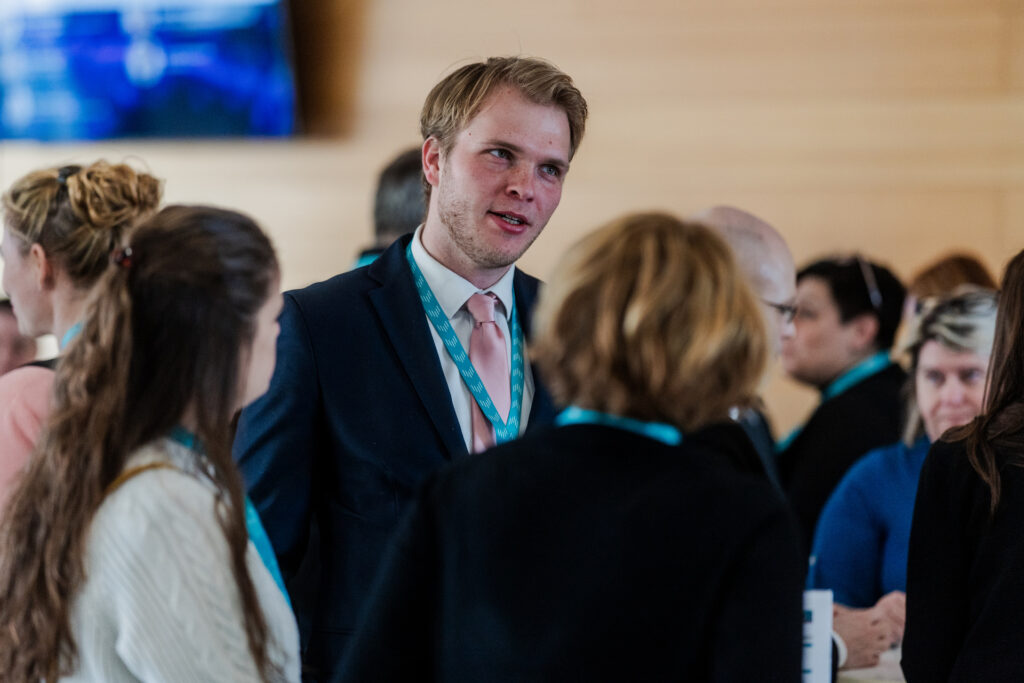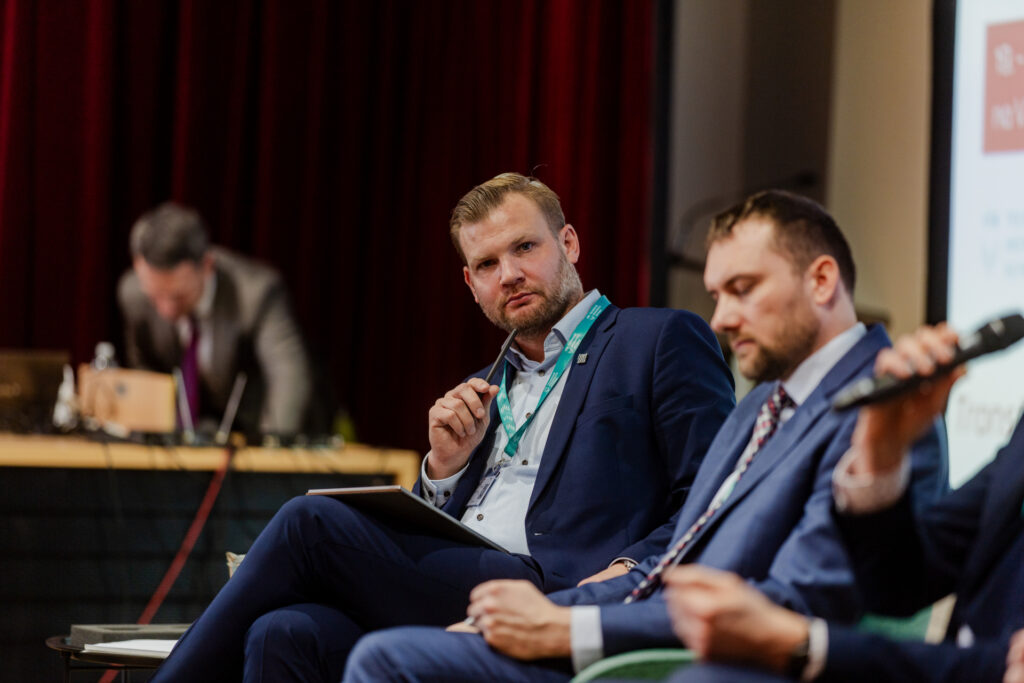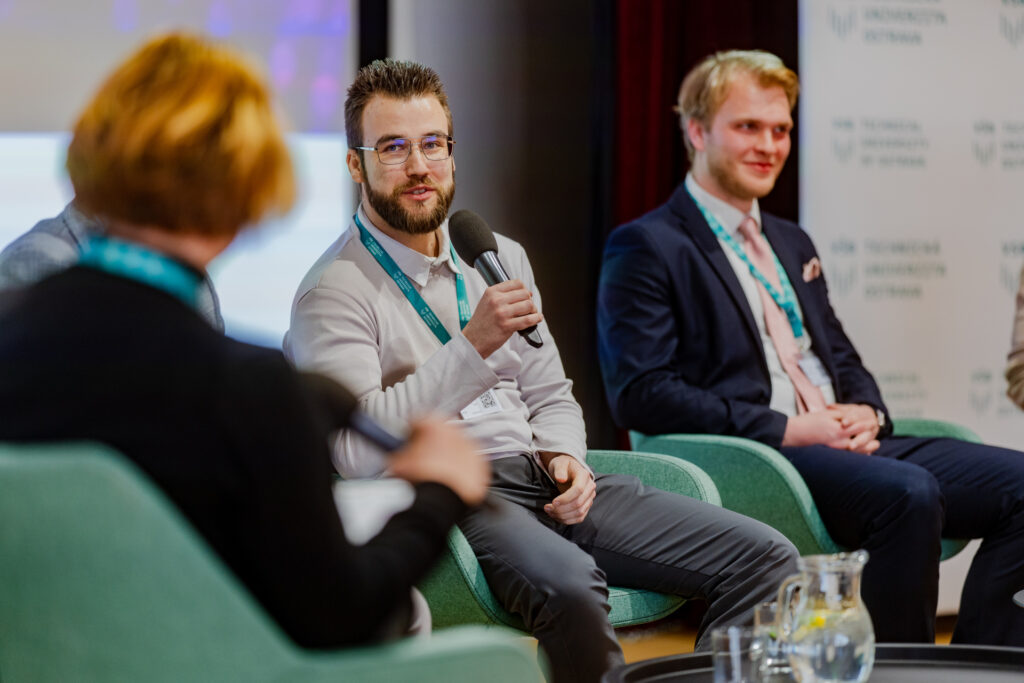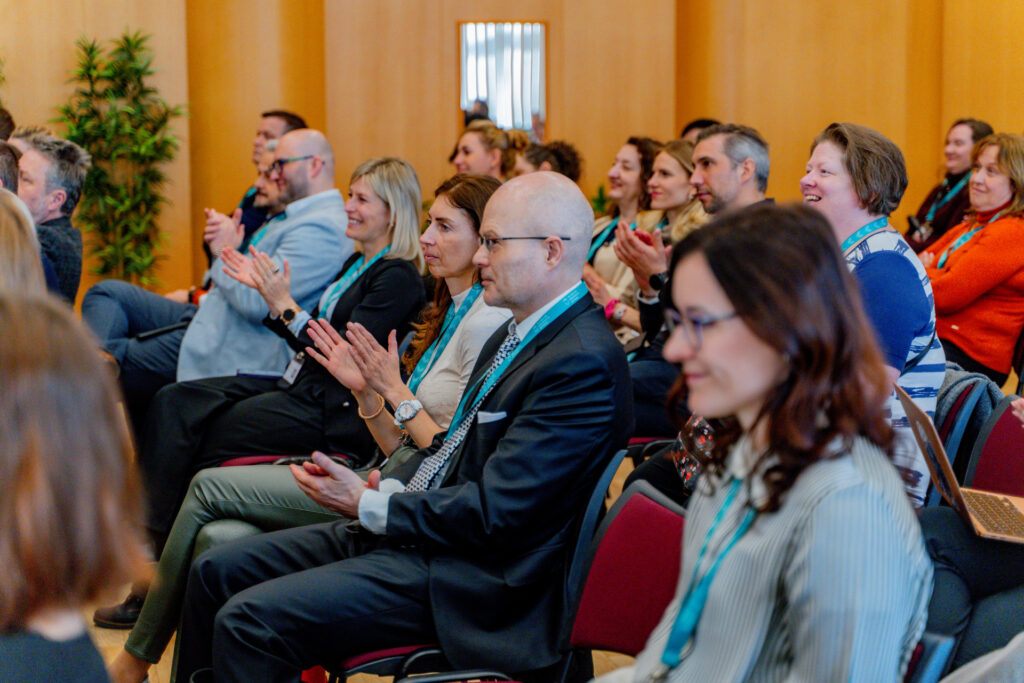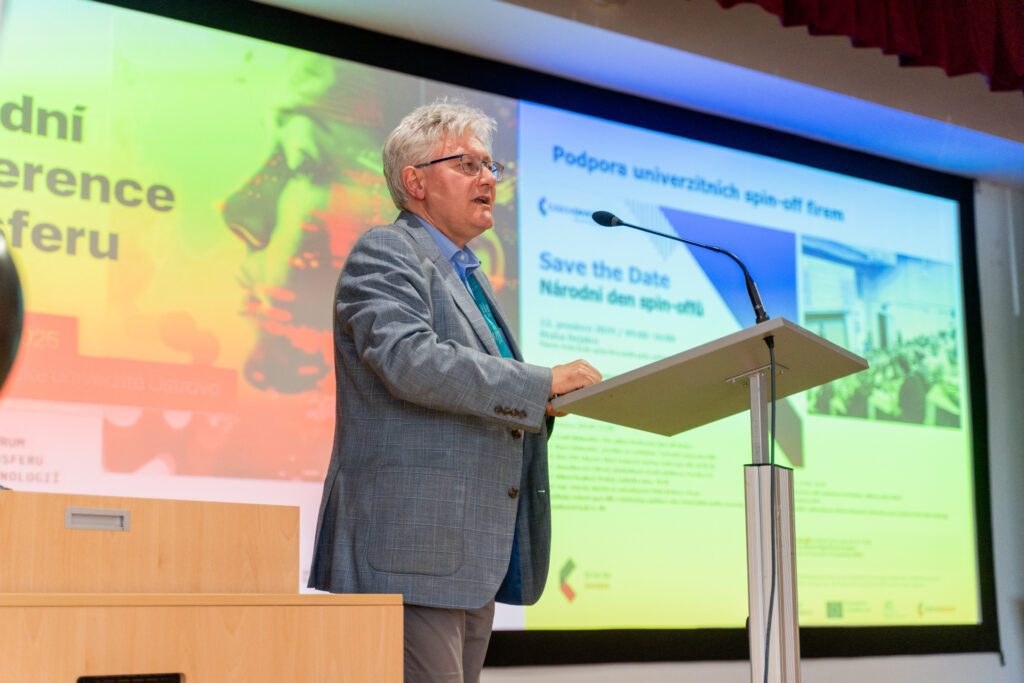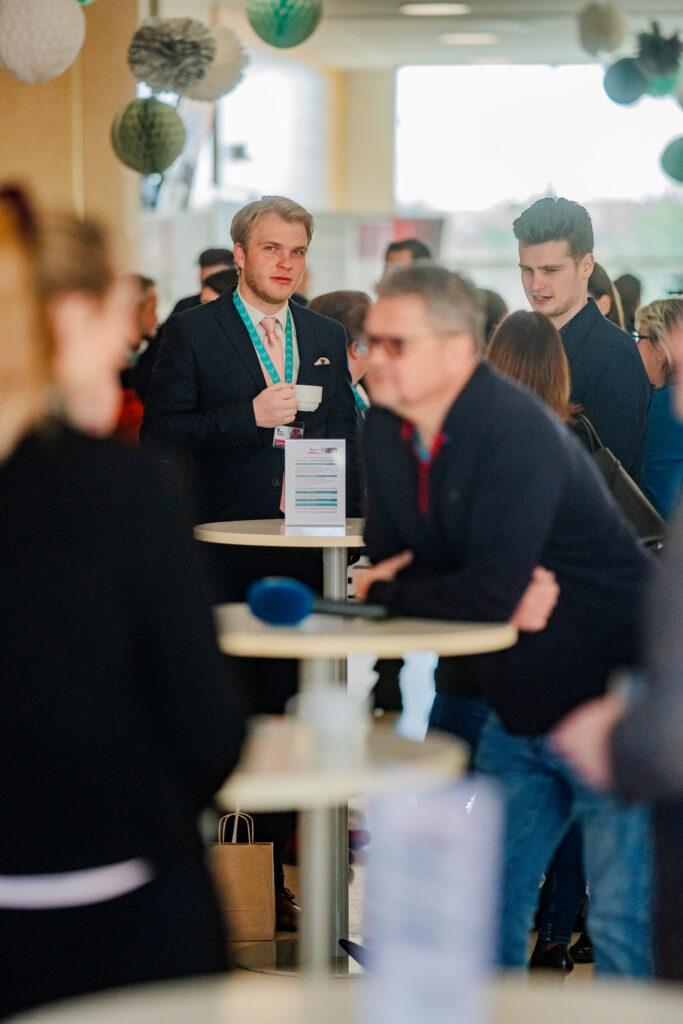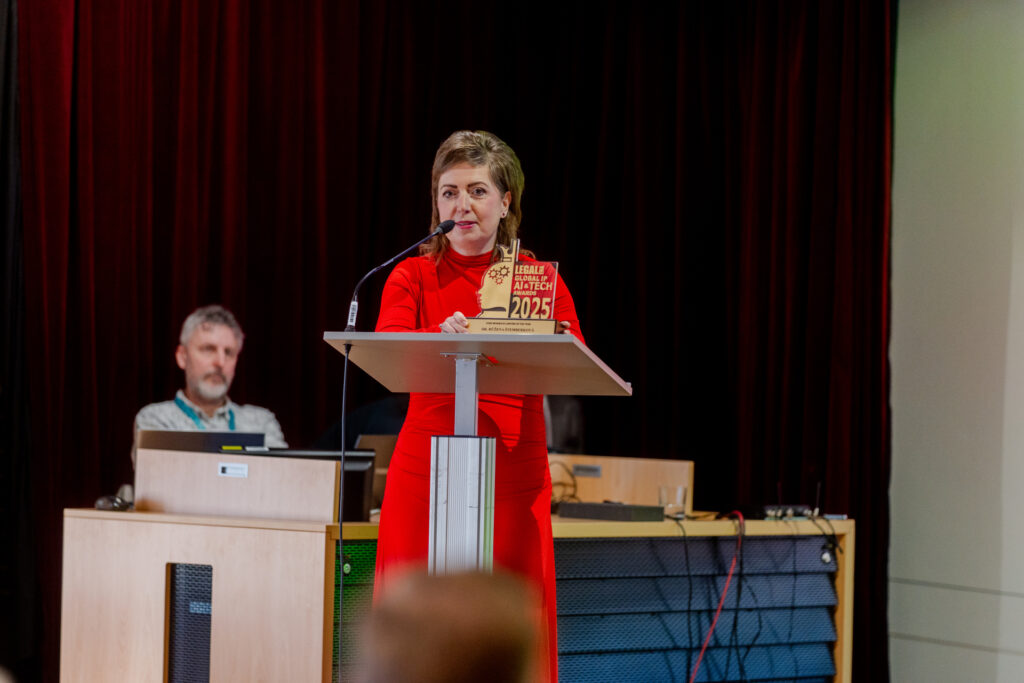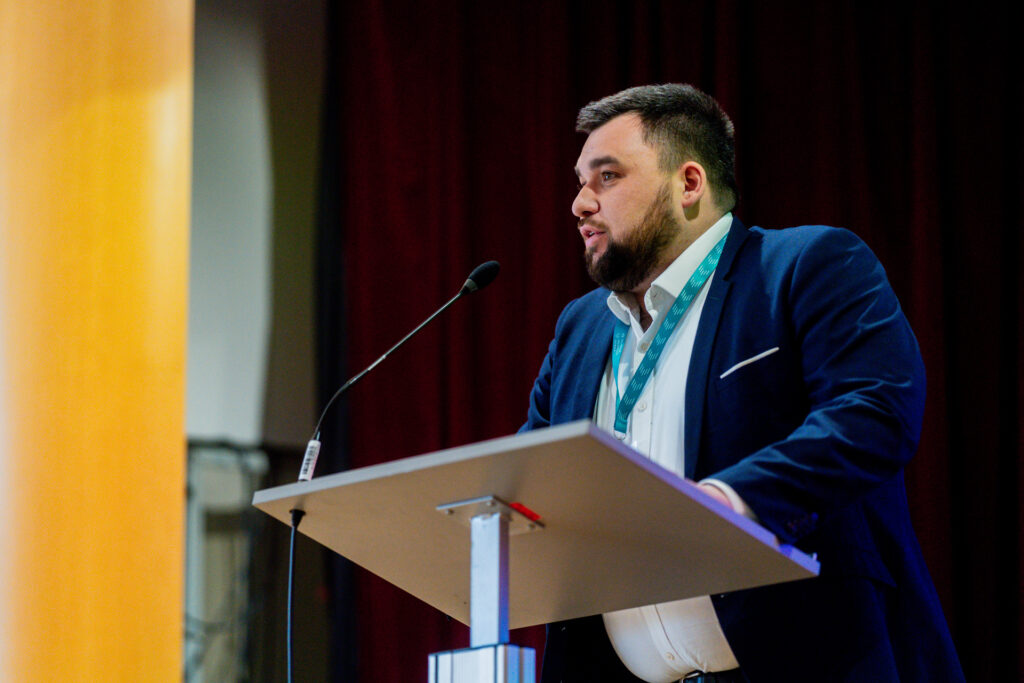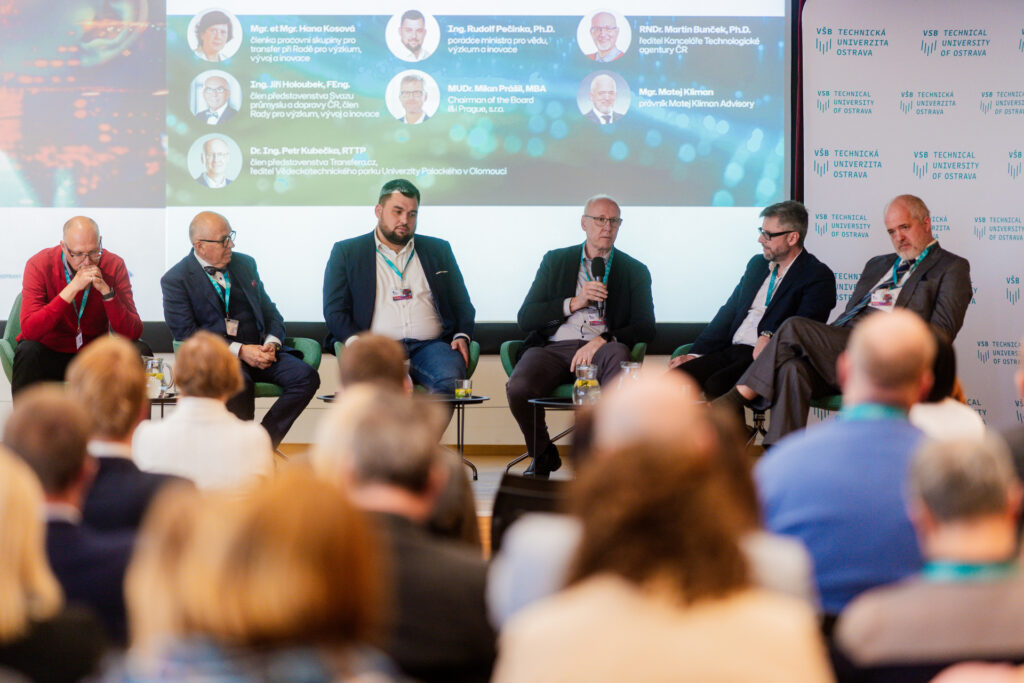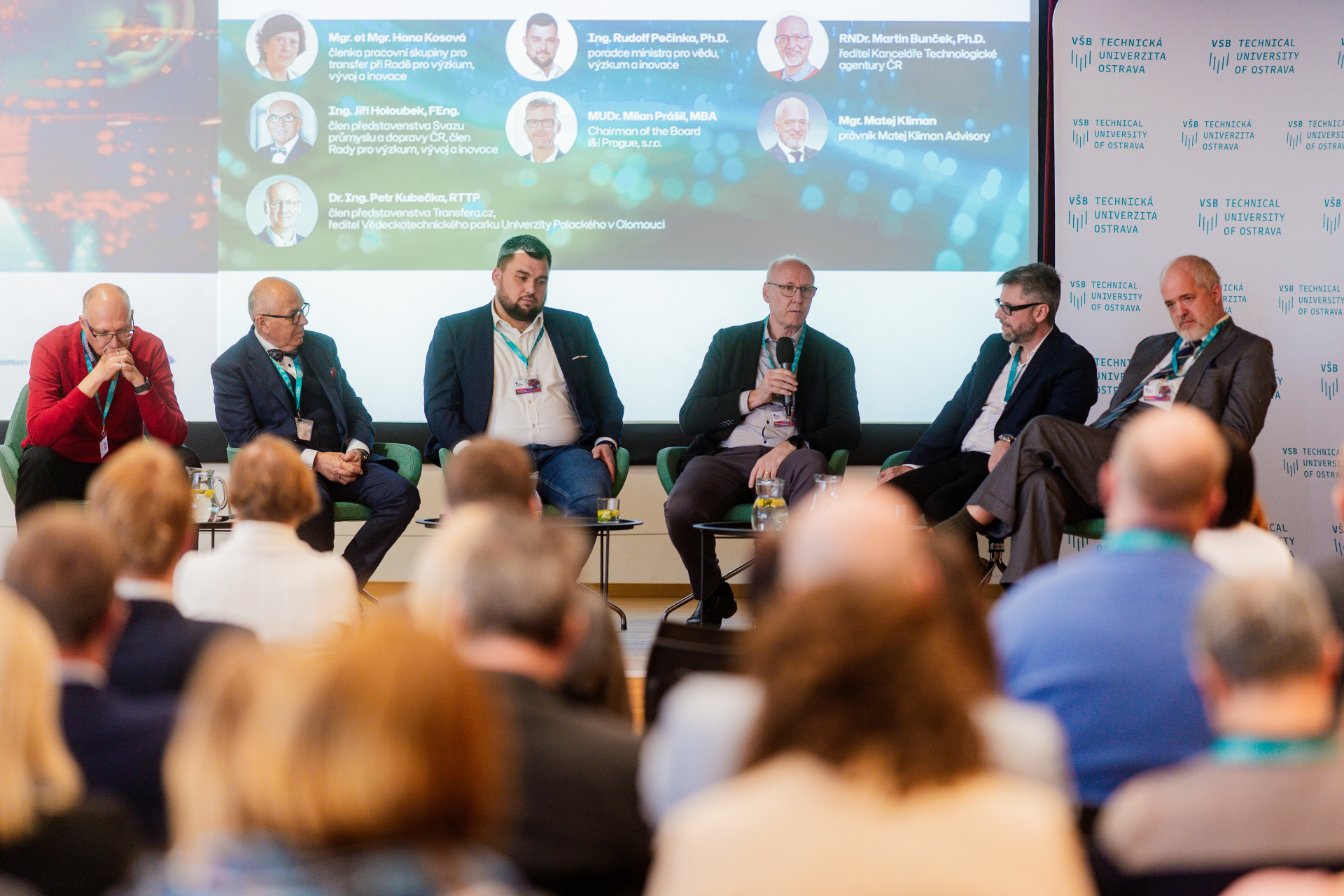
What is needed for faster technology transfer? The conference at VŠB-TUO provided answers
Technology transfer as part of the innovation ecosystem was the main topic of the 12th National Transfer Conference, hosted by VŠB-Technical University of Ostrava on March 19-20. Approximately one hundred key players in technology transfer in the Czech Republic, including academics, companies, public administration, and innovation and transfer centers, attended the event. The prestigious event was endorsed by Transfera.cz, alongside partners the Confederation of Industry of the Czech Republic, the Moravian-Silesian Innovation Center (MSIC), and the REFRESH project for transforming the Moravian-Silesian Region.
“We face a great challenge in ensuring the application of research outputs into real-world settings more extensively in Europe as these are essential for our prosperity. Among other things, this requires a shift in our mindset, which is one of the goals of our university. We need to motivate students to venture into entrepreneurship,” said VŠB-TUO Rector Václav Snášel at the conference’s opening.
Technology transfer is one of the crucial pillars of the strategic REFRESH project which also contributed to the conference’s preparation. “The project, the largest in the university’s history, has significantly impacted not only research and innovation but is also beginning to influence transfer at both universities. Evidence includes filed patents and two licenses sold to industrial partners,” emphasized VŠB-TUO Vice-Rector and REFRESH Director Igor Ivan, who participated in the panel discussion titled Industry and Technology Transfer: From Innovation to Economic Growth.
According to Transfera.cz Chairwoman Růžena Štemberková, the conference is always a “national holiday of technology transfer.” Every year, “transfer professionals” from universities, various agencies, representatives of the practical application field, and ministries meet to discuss the strengths and weaknesses and the direction of transfer. “Technology transfer no longer relies solely on finding suitable innovations in laboratories; it is necessary to create synergies and the entire innovation system. We have different conditions in the regions, and it is great that we can share and mutually utilize our experience. New impulses, influences, and topics continually emerge, which we consider in the programs of each year’s National Technology Transfer Conference. Therefore, each meeting is somewhat different and very important,” explained Štemberková.
Martin Bunček, Managing Director of the Technology Agency of the Czech Republic, presented the area of technology transfer as a clash of two worlds. According to him, representatives of two sides, researchers and companies, always stand at the beginning of the entire process and must reach an agreement. However, to come to a consensus, they must understand and mutually comprehend each other’s motivations, which is not always a given.
“When I was invited to contribute and participate in the panel, I came here with the intention to highlight some overlooked topics. That is, to discuss fundamental issues and principles rather than merely addressing surface-level concerns. It became clear from the ensuing discussions that the topic I introduced resonated with the other participants. I believe that a lack of mutual understanding between both sides is a significant factor contributing to potential failures. While we already have various support mechanisms in place, such as transfer centers, technology scouts, and know-how protection, there is always room for improvement. However, the most crucial aspect is how negotiations begin, with partners adequately prepared,” stated Bunček.
The discussion panel titled “How to Create a Sustainable Ecosystem of Cooperation between Science, Industry, and the Community” was supported by MSIC. “I am thrilled that we are finally engaging in discussions about successful transfers that are not widely recognized. It is significant that all three panels acknowledged the necessity of communication, the role of intermediaries between academia and industry, and the importance of connecting people. The success of technology transfer always hinges on the approach of individual participants. I also find it encouraging that specific examples were shared, demonstrating that effective transfers and long-term collaborations between academia and industry are indeed possible,” remarked MSIC CEO Adéla Hradilová.
Bohuslav Čížek from the Confederation of Industry of the Czech Republic also expressed his satisfaction. “I was pleased to see such strong interest and a full hall throughout the conference. It is encouraging that both company representatives and researchers acknowledged the positive changes in recent years and the growing interest in collaboration. The focus on transferring results into practical applications is becoming increasingly important. Discussing positive examples and challenges only enhances this collaboration,” he noted.
“The conference certainly met our expectations, drawing notable representatives from universities, companies, and innovation centers. Current topics and examples of best practices were discussed, and conversations continued informally afterward. I am also delighted that we could support Mobile Hospice Ondrášek. We believe that technology transfer, and therefore this conference, should yield positive social impacts, so we donated 50,000 CZK from the conference fees to the hospice. We greatly value their work,” added Michaela Manová, head of the organizing Center for Technology Transfer at VŠB-TUO.
Next year, the National Technology Transfer Conference will take place in České Budějovice.
